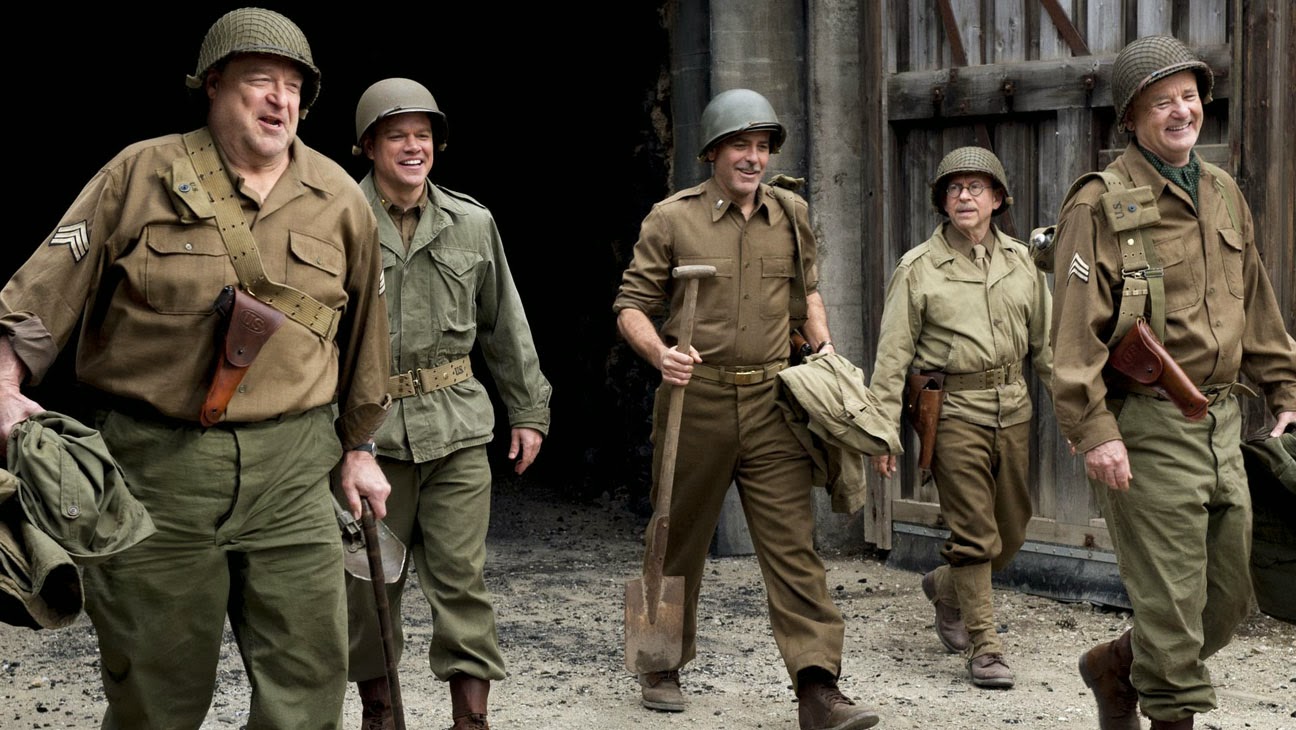I liked Non-Stop better when it was called Liam Neeson Texting.
And boy does he text a lot. In the terminal, at the gate, in his seat, in the bathroom, standing in the aisle while other people are trying to get by … he’s like a teenage girl, except that instead of spam-tweeting “follow me” messages to Justin Beiber he’s negotiating with the world’s most overworked terrorist.
In this dopey air-thriller, Neeson plays Bill Marks, a federal air marshal who’s fallen on hard times and off the wagon. But ask yourself: wouldn’t you need a steady stream of scotch, and smokes in the airplane bathroom (violation!), to get you through a job that requires you to ride airplanes for a living? I was once seated next to the bathroom on a flight and by the time wheels were down I was ready to start shooting heroin between my toes.
Bill gets on a plane headed over the Pacific and almost immediately starts getting threatening texts, including this one: “A passenger will die every 20 minutes until I get what I want.” What he wants is $150 million transferred into a bank account set up in Bill’s name, which does not please Bill or the emergency responders on the ground who actually think Bill’s dumb enough to set up a criminal enterprise in his own name. Bill’s not that stupid, although the other people on this plane certainly are.
There’s a hot-headed New York cop, a British flight attendant, Lupita Nyong’o in her first post-12 Years a Slave role, a computer programmer who looks like a discount Jamie Foxx, and a spazzy airplane woman with hipster glasses (Julianne Moore) because every flight needs at least one, usually in the seat right next to you, where the blab about their cats and things they horde, like cats. The people on this flight are the worst. They step on Bill’s toes, they act all pouty and wounded when he makes them sit down, and they seem to ignore evidence right in front of them so they can jump to all the wrong conclusions. At one point, the passengers are watching CNN footage that suggests Bill is the terrorist of the hijacked flight and all they can do is … wait for it … continue to watch TV on their hijacked plane. Nevermind that they can watch it happen live! And when they do finally rise up to stop Bill, it’s at the exact moment he needs the most help to apprehend the real terrorist. And later in the movie, Bill offers everyone free air travel, because that’s much better than dying in a hijacking. You’ve heard of Snakes on a Plane; let me present you Flakes on a Plane.
Poor Neeson, he’s doing too many of these thrillers. He’s great in almost everything, even in mediocre dreck like this. But really, how many times can he do Taken? This movie makes him do some idiotic stuff, like test the purity of cocaine by breaking out a chemistry set and examining the powder’s atomic structure. No, I’m kidding — he pokes a knife in the bag, dabs at some coke and rubs in on his tongue because that worked in every movie from the ’80s. Let me not forget the most erotic bathroom fight that has ever been attempted at 30,000 feet. Neeson also has an awful yawn. He’s just sitting there and — boom! — his head tilts back, his eyes squint and his mouth opens and seems to suck in the entire Eastern seaboard. Why would director Jaume Collet-Serra (Unknown) allow such an ugly moment from his star? The camera even zooms in a little like it’s trying to get a close-up of his tonsils.
Another ugly moment involves a Muslim doctor on the plane. When it’s revealed there might be a hijacker on board, everyone looks at this air traveler wearing a traditional headcovering and beard. Because, LOL, apparently racism is funny. Now, maybe this was a cultural critique of stereotypes and air travel. But I don’t think Non-Stop is that smart, a point that’s validated later again and again as the Muslim character is made the butt of several jokes, including one after a “random” carry-on search. “What?! You didn’t find anything in his bag?” one of the other passengers screeches.
There is a market for these types of frustratingly dumb thrillers, so it’s unlikely I’ll dissuade anyone from seeing it. If you’ve seen any of the Taken movies, then you’ll likely find Non-Stop acceptable, if only because Neeson has perfected this character. Although, judging by that yawn, I would say he might be getting a little bored with it.























































